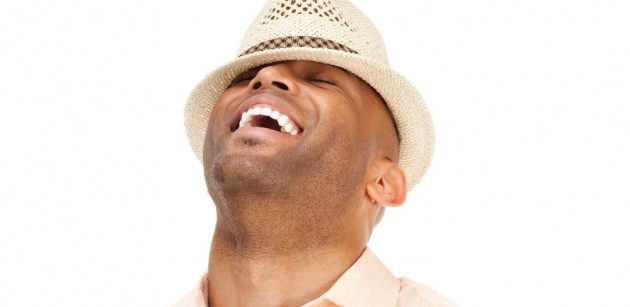
The expression "brightening," then again, alludes to reestablishing a tooth's surface shading by expelling soil and flotsam and jetsam. So any item that cleans (like a toothpaste) is in fact considered a whitener. Obviously, the term brightening sounds superior to anything dying, so it is all the more as often as possible utilized – notwithstanding while portraying items that contain fade.
Why Teeth Whitening? Analyzing Enamel
The vast majority of us begin with shining white teeth, on account of their porcelain-like polish surface. Made out of minute crystalline poles, tooth finish is intended to shield the teeth from the impacts of biting, snapping, injury and corrosive assaults brought on by sugar. Be that as it may, throughout the years finish is exhausted, turning out to be more straightforward and allowing the yellow shade of dentin – the tooth's center material – to appear on the other side.
Amid routine biting, dentin stays in place while a great many miniaturized scale splits happen in the veneer. It is these breaks, and additionally the spaces between the crystalline lacquer bars, that bit by bit top off with stains and garbage. Accordingly, the teeth in the end build up a dull, dreary appearance.
Teeth brightening evacuates the stains and flotsam and jetsam, leaving the polish airs out and uncovered. A portion of the splits are rapidly re-mineralized by salivation, while others are topped off again with natural flotsam and jetsam.
Tooth Discoloration: The Two Types of Tooth Stains
There are two classes of recoloring as it identifies with the teeth: extraneous recoloring and inherent recoloring.

Outward stains are those that show up on the surface of the teeth as a consequence of presentation to dull hued refreshments, nourishments and tobacco, and routine wear and tear. Shallow extraneous stains are minor and can be evacuated with brushing and prophylactic dental cleaning. Resolved outward stains can be evacuated with more included endeavors, similar to teeth fading. Persevering outward stains can infiltrate into the dentin and get to be imbued on the off chance that they are not managed early.
Characteristic stains are those that structure on the inside of teeth. Natural stains result from injury, maturing, presentation to minerals (like tetracycline) amid tooth development and/or over the top ingestion of fluoride. Previously, it was believed that natural stains were too impervious to be in any way revised by blanching. Today, restorative dentistry specialists trust that even profound set inborn stains can be expelled with administered take-home teeth brightening that is kept up over a matter of months or even a year. When in doubt, there are elective restorative answers for treat inborn recoloring, for example, dental finishes.
What Causes Tooth Staining?
Age: There is an immediate connection between's tooth shading and age. Throughout the years, teeth obscure as an aftereffect of wear and tear and stain gathering. Adolescents will probably encounter quick, sensational results from brightening. In the twenties, as the teeth start to demonstrate a yellow cast, teeth-brightening may require somewhat more exertion. By the forties, the yellow offers approach to cocoa and more support might be called for. By the fifties, the teeth have ingested a large group of unshakable stains which can demonstrate troublesome (however not inconceivable) to expel.
Beginning shading: We are all furnished with an inalienable tooth shading that reaches from yellow-earthy to greenish-dark, and heightens after some time. Yellow-chestnut is by and large more receptive to fading than green-dim.
A quick little Review on White Light Smile



